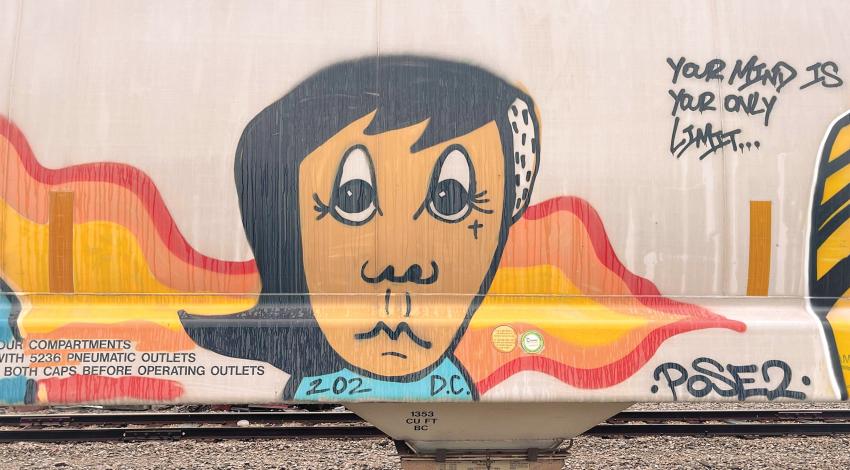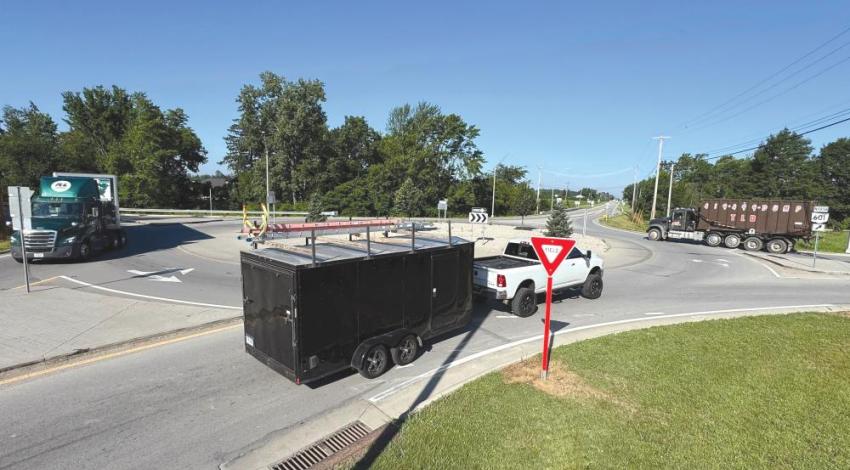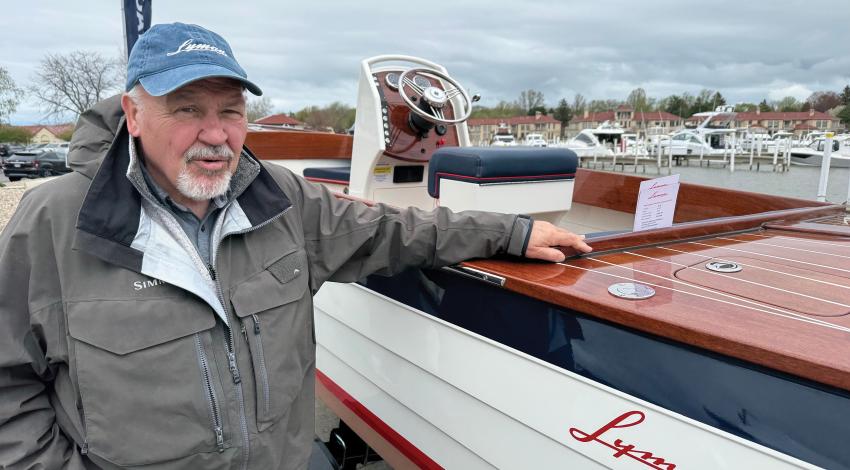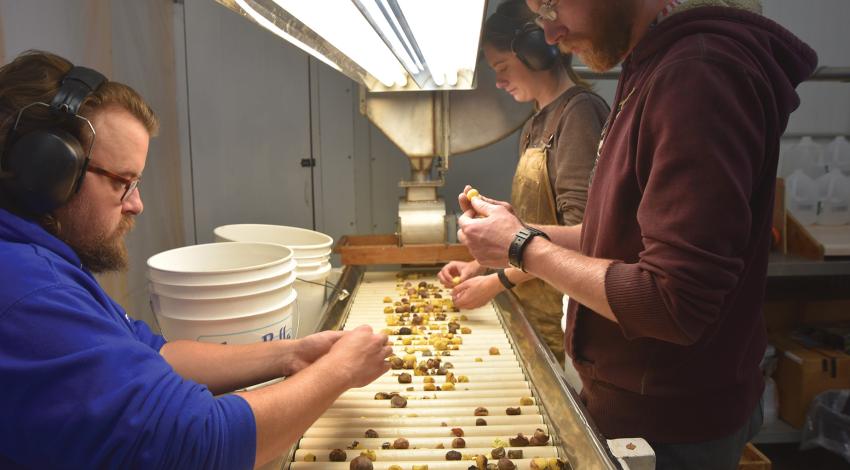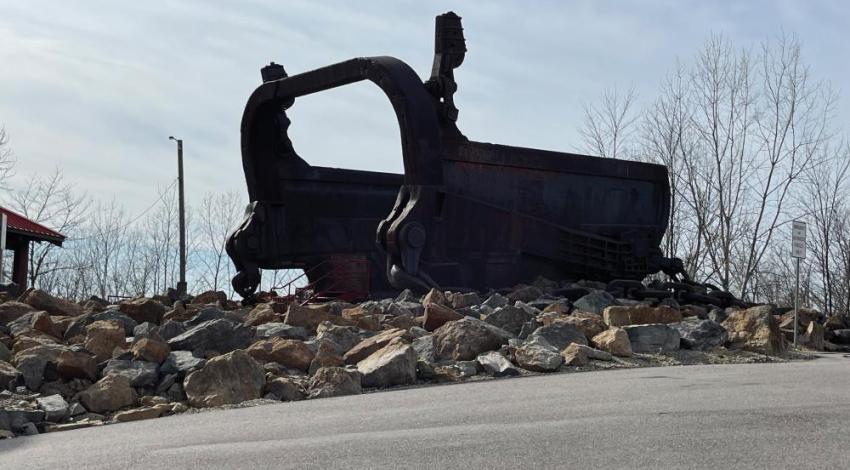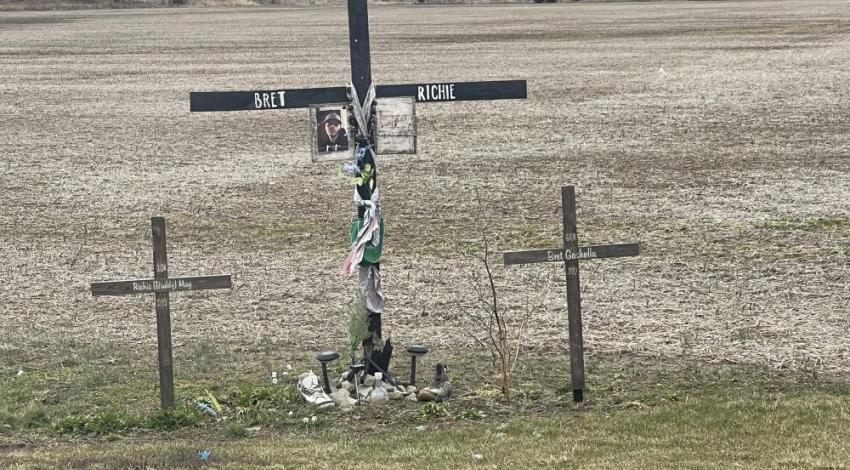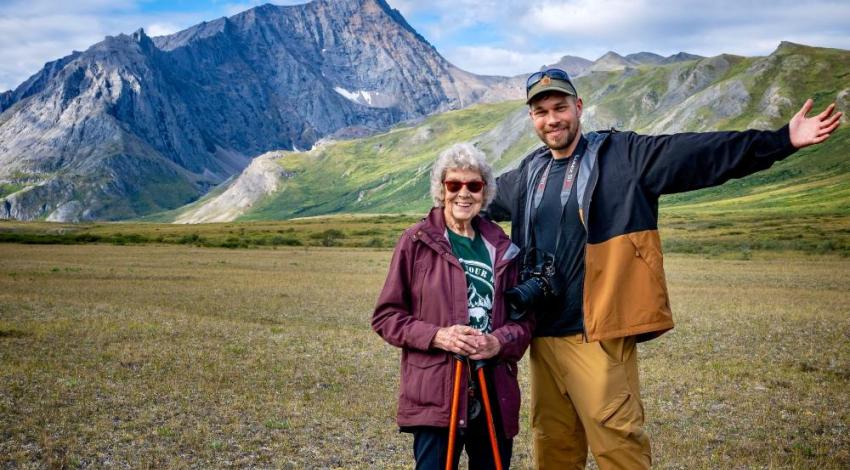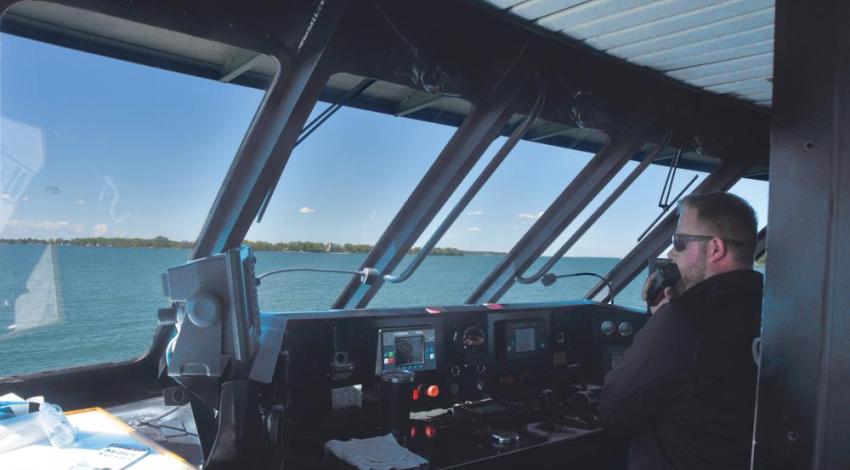If it's January in Ohio, we can count on ice — lots of it, everywhere. From the treacherous and violent to the tiny and delicate, our intrepid ice-chaser set out to capture these scenes of wintry wonder
Photographer James Proffitt warns that some of the images that went into this essay were taken in what he describes as NSFW conditions — Not Safe for Wading. Following are some of the musings from his vast wanderings in 2024 and 25 while collecting his images.
We love it and we hate it. It cools food and drinks, we skate on it, fish on it. We slip and fall on it, crash our cars on it and it destroys roads and sometimes things around the house. It can be treacherous, unforgiving, and beautiful: Ice.

